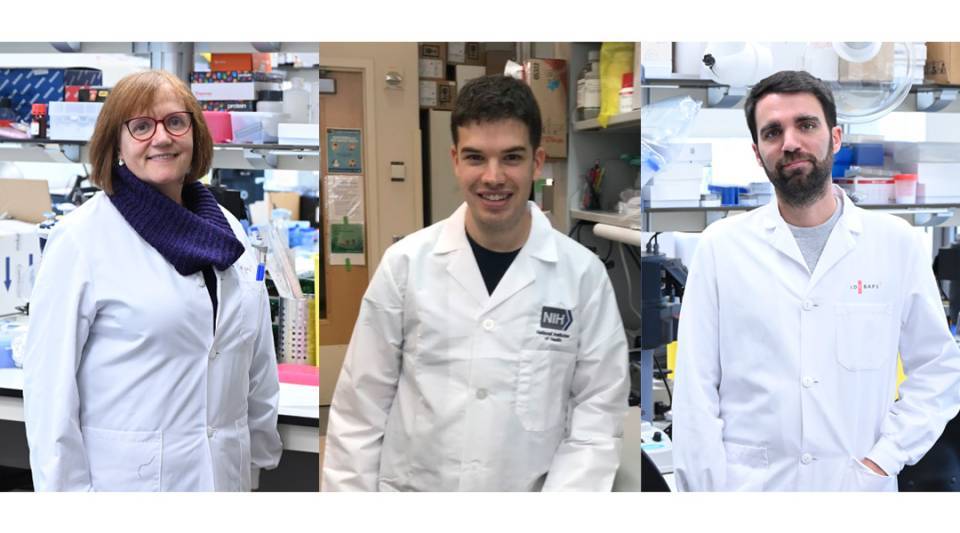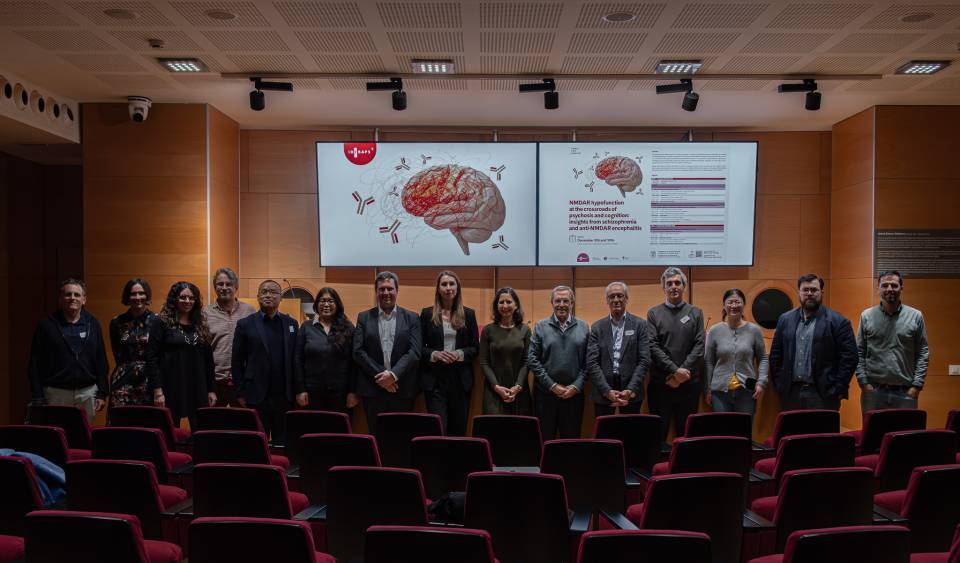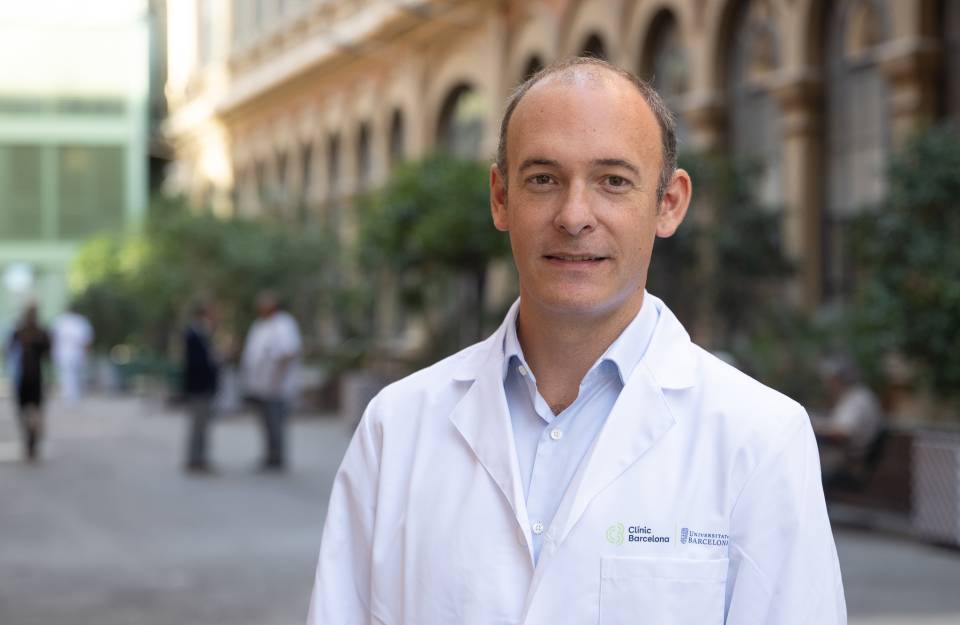Chronic lymphocytic leukaemia is characterized by a proliferation of immune system B cells. Although usually an indolent type of leukaemia, between 5% and 10% of patients develop a more aggressive lymphoma with a poor prognosis. This process is called the Richter transformation.
Now, a Hospital Clínic-IDIBAPS team has generated a mouse model that recreates this transformation and will enable new treatments to be sought for these patients, who currently have few therapeutic options. The research group has presented all the details of this new unique model in the scientific journal Leukemia.
To generate the model, the research group on Experimental therapies in lymphoid neoplasms at Hospital Clínic-IDIBAPS injected cells from a patient with chronic lymphocytic leukaemia into a mouse. These types of models are called patient-derived xenografts, and this is the first described in which a Richter transformation model is generated from cells from a patient with chronic lymphocytic leukaemia, mimicking what the patient goes through months later.
Dolors Colomer, head of the IDIBAPS research group, head of the hematopathology section of the anatomical pathology service at Hospital Clínic Barcelona and member of CIBERONC, explains: "We have observed that the mouse model morphologically and molecularly mimics the patient's own leukaemia, leading to the Richter transformation, which makes it an essential tool for understanding this transformation and for seeking new, more effective therapies."
A promising treatment
Molecular analyses, which have been possible thanks to this new model, have revealed that, once the Richter transformation has occurred, lymphoma cells show high oxidative phosphorylation and low B-cell receptor signalling, which would explain the resistance to certain treatments that many patients develop.
Heribert Playà Albinyana, a predoctoral researcher at IDIBAPS, CIBERONC member and first-named author of the study explains that, based on of these results, they tested whether the inhibition of oxidative phosphorylation could stop or slow down the lymphoma’s evolution. The results obtained, both in culture cells and in a mouse model, look promising, since there is a significant reduction in the proliferation of tumour cells.
Cells of the more aggressive lymphoma already exist in the early stages
The fact that injecting chronic lymphocytic leukaemia cells into mice ultimately leads to the development of the Richter transformation gives the first signs that the more aggressive cells, capable of developing lymphoma, are present from the earliest stages of the disease.
The sequencing of tumour cells in the new mouse model confirms this suspicion. At the beginning of leukaemia there is already a small group of tumour cells with the molecular characteristics typical of the Richter transformation. "Apparently, in the Richter transformation, this small group of more aggressive cells would begin to proliferate to generate the new lymphoma,” says Ferran Nadeu, postdoctoral researcher at IDIBAPS. “This confirms our group’s previous results, published last year in the journal Nature Medicine".
This project has been funded by the Ministry of Science and Innovation, the European Regional Development Funds, the CERCA programme, CIBERONC, the Ministry of Universities, and grants from the American Association for Cancer Research, the European Hematology Association, and the Lady Tata Memorial Trust. The study involved the collaboration of Pablo M. Garcia-Roves from the Bellvitge Biomedical Research Institute (IDIBELL) and the University of Barcelona.
Study reference
Playa-Albinyana, H., Arenas, F., Royo, R. et al. Chronic lymphocytic leukemia patient-derived xenografts recapitulate clonal evolution to Richter transformation. Leukemia (2023). https://doi.org/10.1038/s41375-023-02095-5




